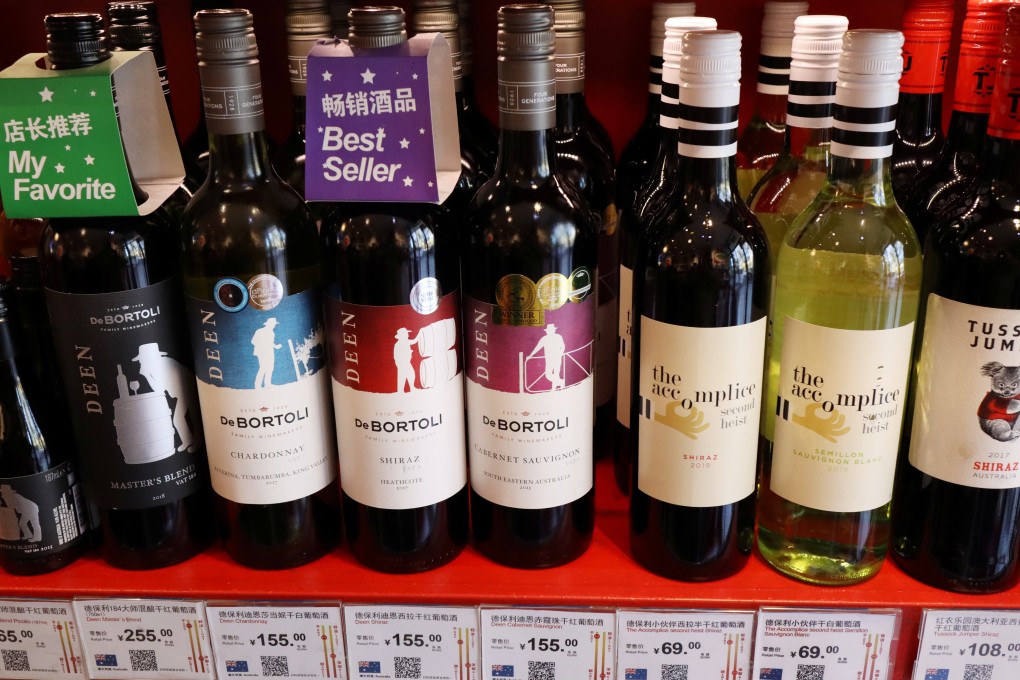Advertisement
China’s US, Australia trade continues to grow in record-breaking month despite ongoing geopolitical spats
- Record-breaking Chinese export data saw exports to sparring partners Australia and the United States grow strongly in November year on year
- China’s surplus with the United States surged to the highest point of Donald Trump’s four-year presidency, despite his vow to eradicate it
Reading Time:3 minutes
Why you can trust SCMP
7

China’s two-way trade with sparring partners Australia and the United States expanded in November from a year earlier despite ongoing tensions, in what was a record breaking month for Chinese exports.
Shipments to Australia rose by 22.6 per cent last month, in the most lucrative month on record for China’s overall exports. Chinese imports of Australian goods ticked up 9.4 per cent in November compared to a year earlier, even as the political relationship went from bad to worse.
However, despite the strong year-on-year growth, both exports to and imports from Australia cooled in monthly terms, down 7.1 per cent and 10 per cent respectively from October, in what might be a sign of things to come.
Advertisement
Beijing has imposed duties and informal bans on a range of important Australian exports, from barley and beef to wine and coal.
China did not offer a detailed breakdown of bilateral trade, but with its overall iron ore imports up by one-third last month compared to a year ago, there is a good chance this was an important part of Australia’s exports.
Advertisement
Advertisement
Select Voice
Choose your listening speed
Get through articles 2x faster
1.25x
250 WPM
Slow
Average
Fast
1.25x